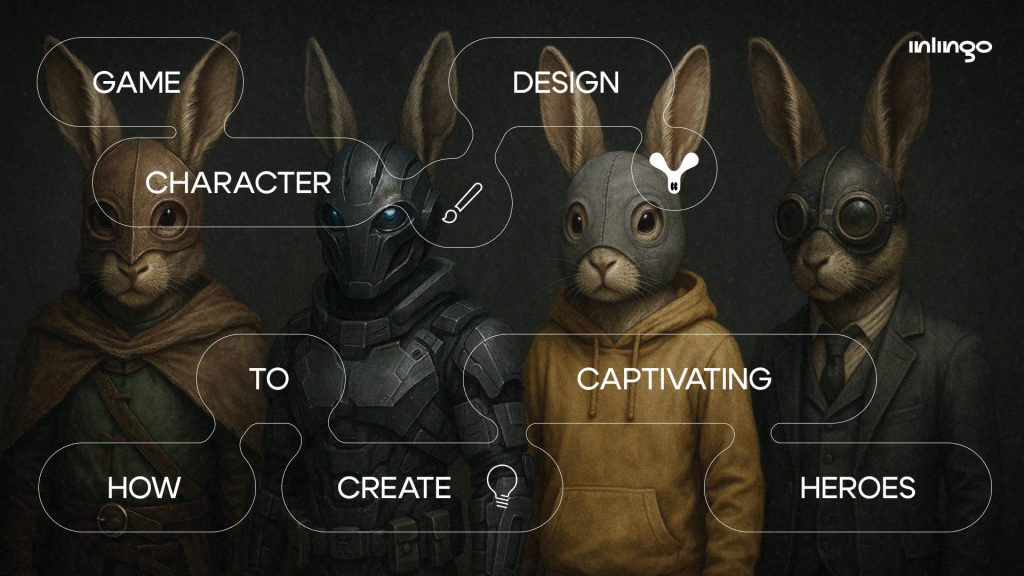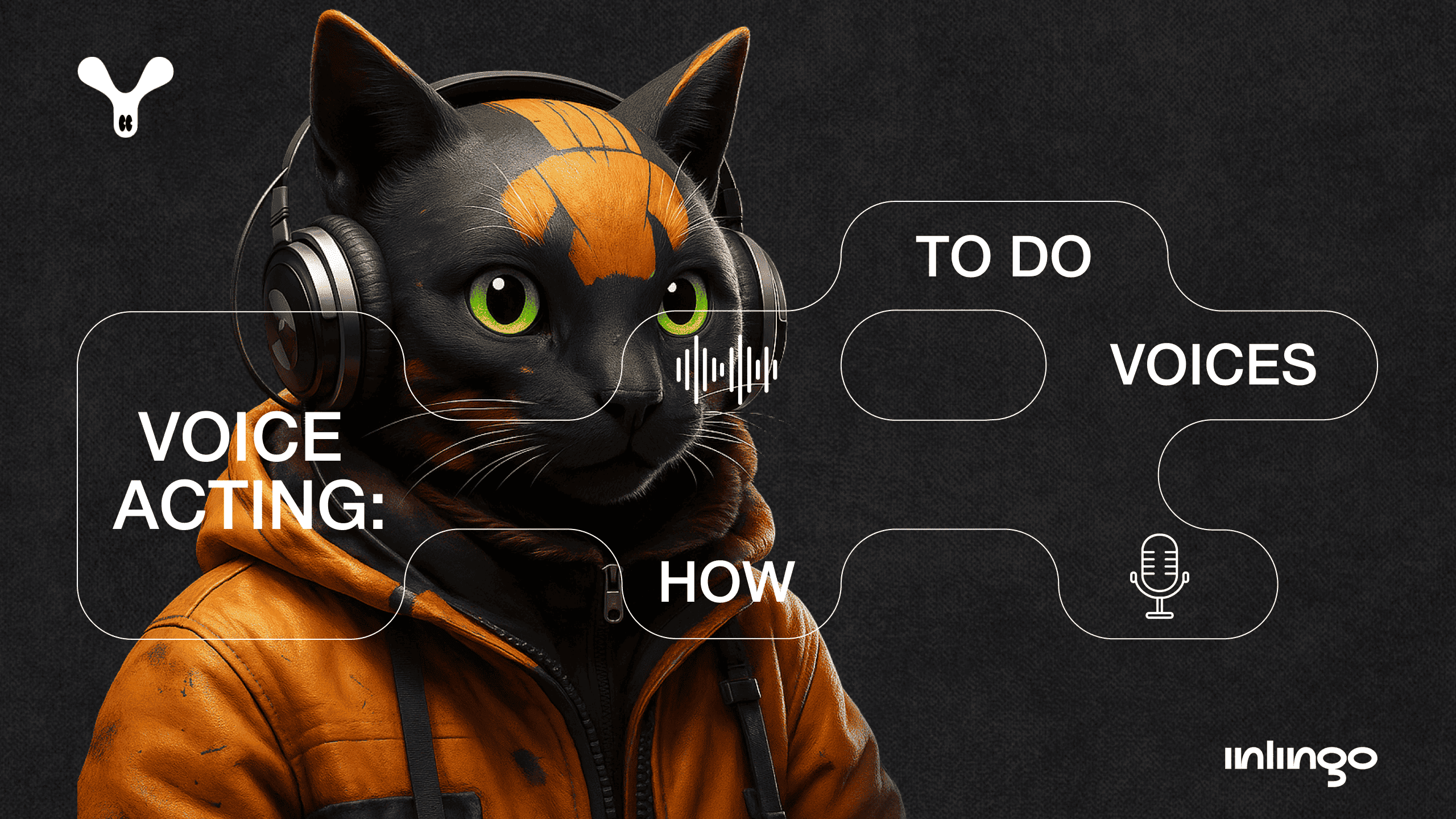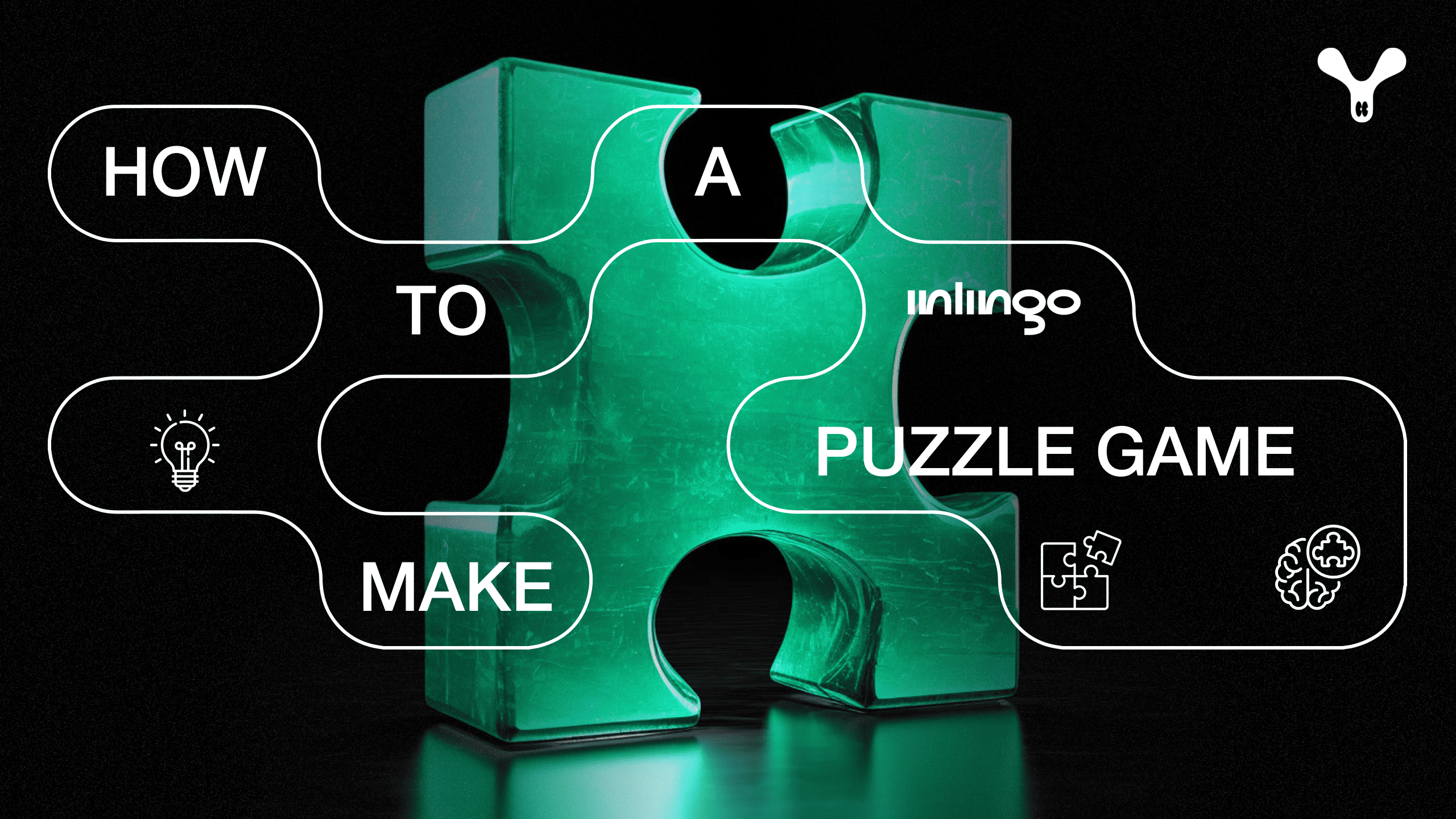A compelling and unique character is more than just a collection of visuals and abilities. They’re the heartbeat of the game—an emotional anchor that draws players in, keeps them coming back, and sticks in their memory for years. In this article, we’ll explore what makes a character truly great, how to bring them to life, and what sets mobile game heroes apart from their desktop counterparts.
Why does a character need to be memorable?
Players may not always recall every plot twist or mission, but a well-designed game hero with a distinct personality and unique attributes will leave a lasting impression.
Think of characters Lara Croft from Tomb Raider, Kratos from God of War, or Geralt from The Witcher. You can describe them in just a few words—they have clear archetypes, iconic traits (attributes), and strong inner motivations. That winning combination makes characters powerful, and games unforgettable.
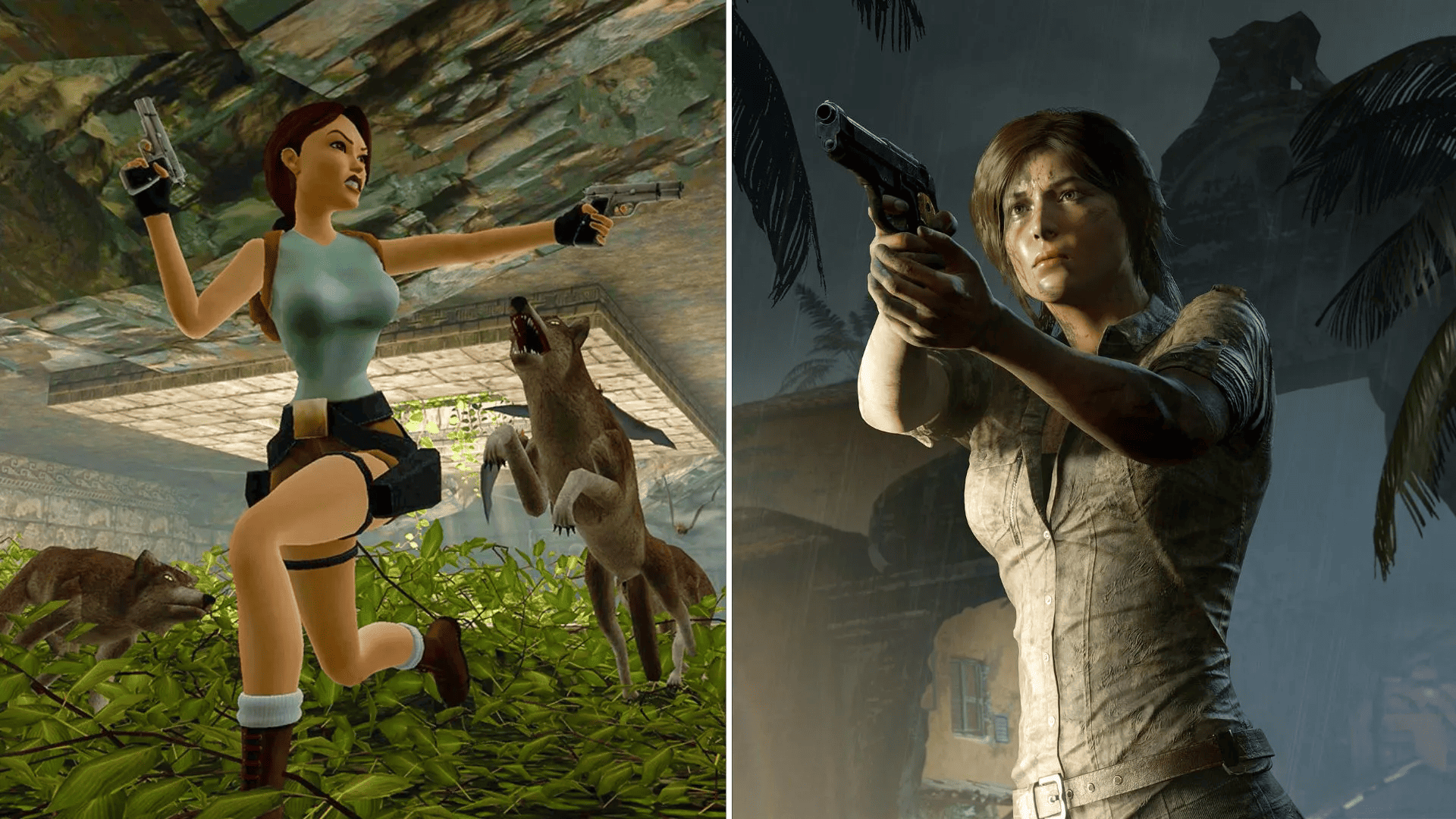
Some images of Lara Croft. Source

Kratos from God of War. Source
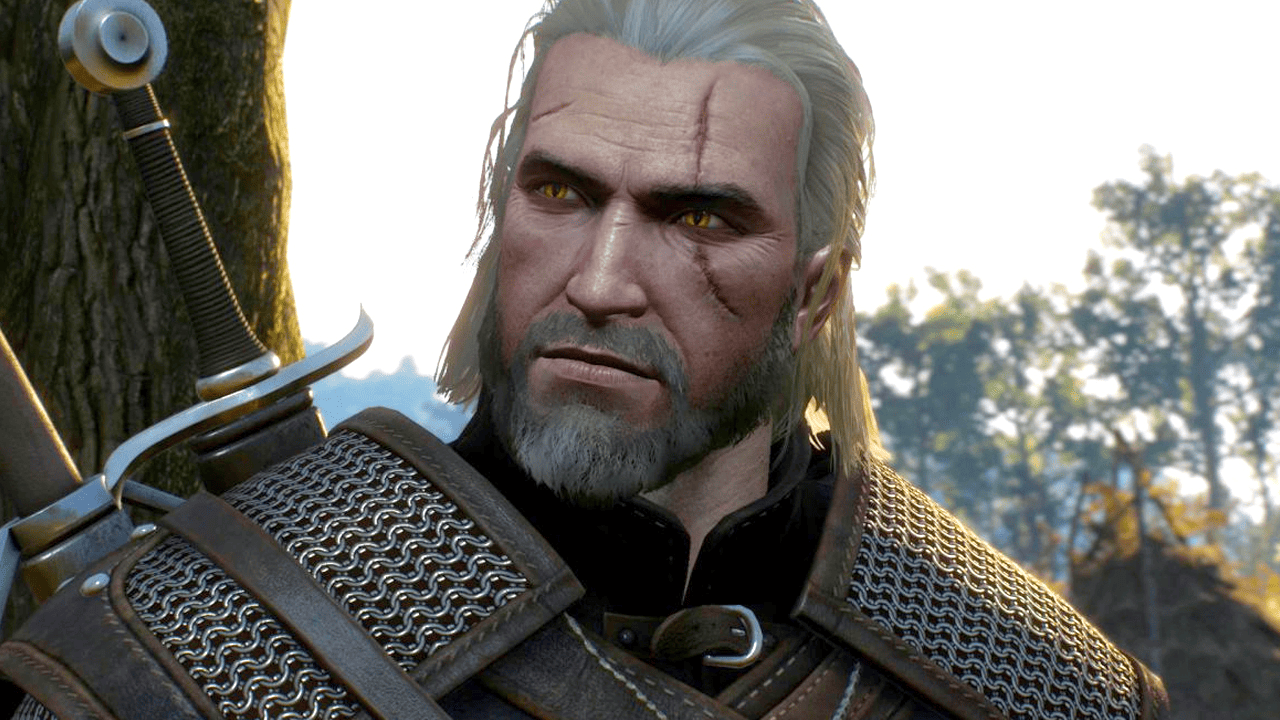
Geralt from The Witcher 3: Wild Hunt. Source
A memorable character:
- Radiates personality
A character’s personality is the sum of their visual design, behavior, speech, animations—even little, unique habits that make them instantly recognizable. It’s not just “a warrior in armor,” but “a grumpy, principled veteran with their own code of honor and a sarcastic sense of humor.”
Example: Handsome Jack from Borderlands 2. He’s the game’s main villain, but his narcissism, twisted humor, and unpredictable actions make him an unforgettable character. His unique personality hits you from the first scene and stays with you throughout the game.
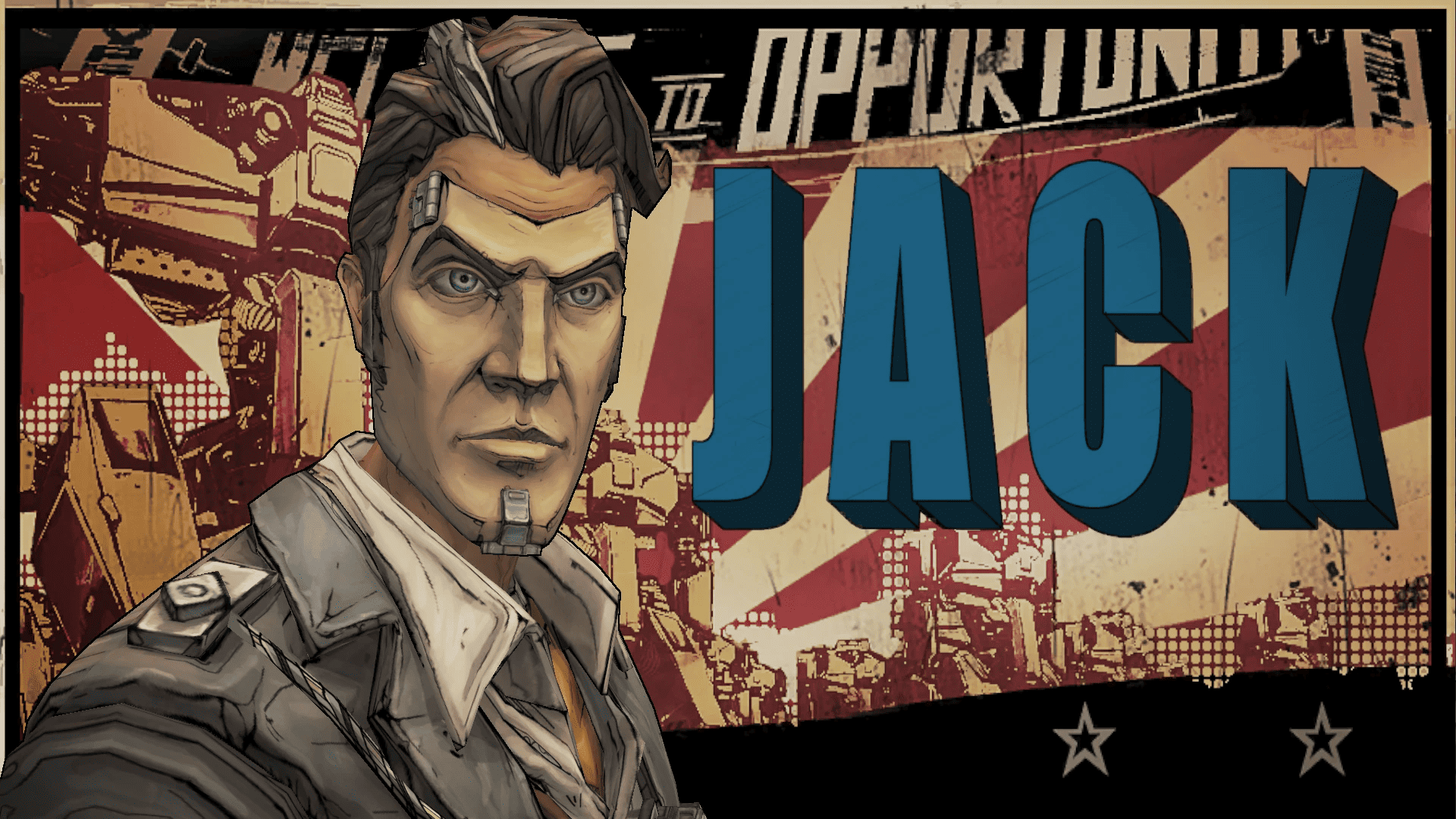
Handsome Jack. Source
- Has a goal or inner conflict
A motivated character is always stronger than simply “a guy with a gun.” Inner conflict, like a struggle between duty and personal desire, or a clear goal makes them feel real, emotional, and compelling.
Example: Arthur Morgan from Red Dead Redemption 2. Arthur Morgan starts out as an outlaw, but an internal battle brews: should he stay loyal to the gang or seek redemption for past sins? His journey is rich with emotional tension and character growth that keeps players hooked.
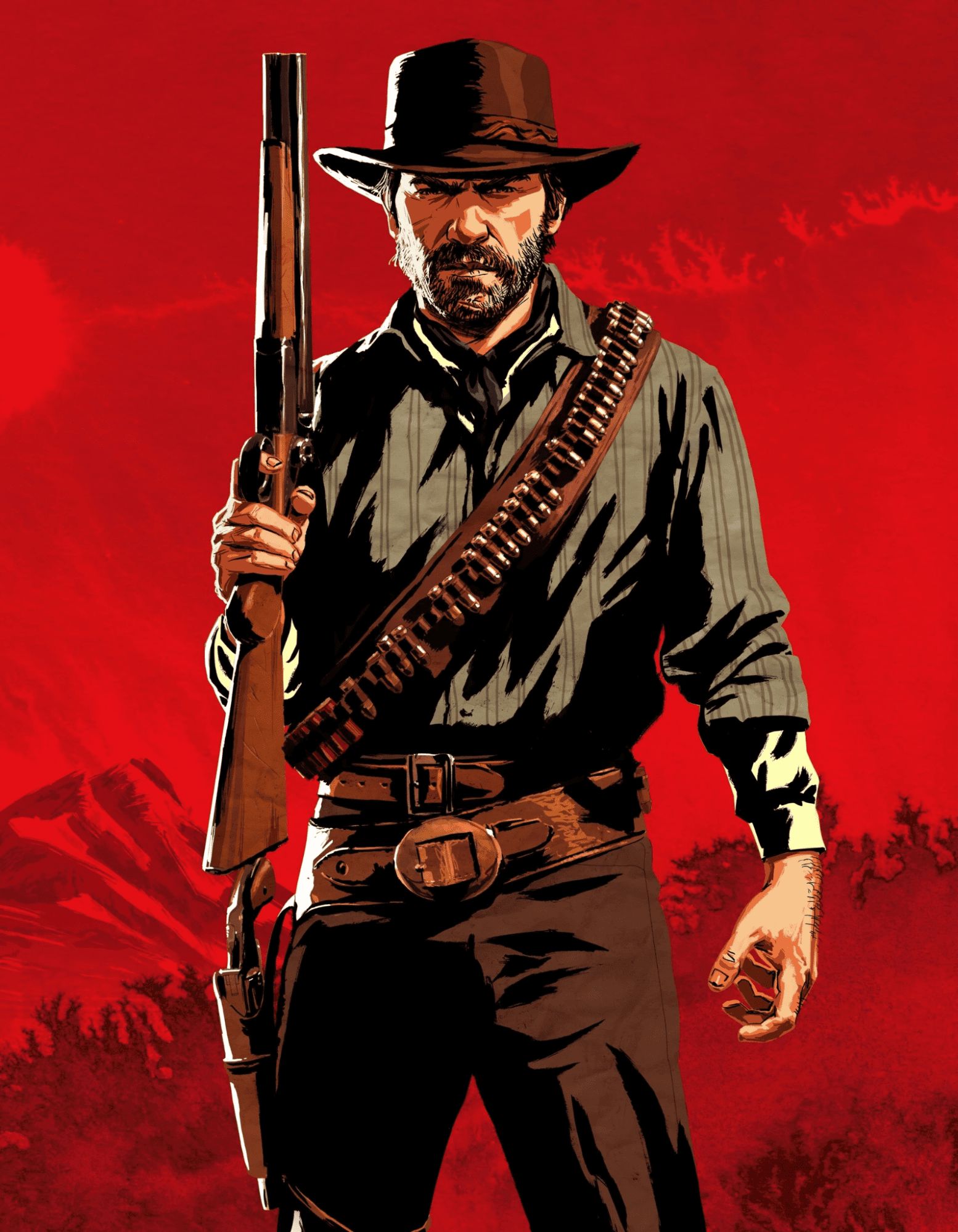
Arthur Morgan. Source
- Evolves over the course of the game
Character development and design isn’t only about skill upgrades—it’s about shifting beliefs, changing behavior, evolving relationships. It could be a slow reveal or a radical transformation.
Example: Clementine from Telltale’s The Walking Dead. We watch her character grow from a frightened little girl into a capable, strong-willed leader. Players feel responsible for her evolution, creating a deep emotional bond.
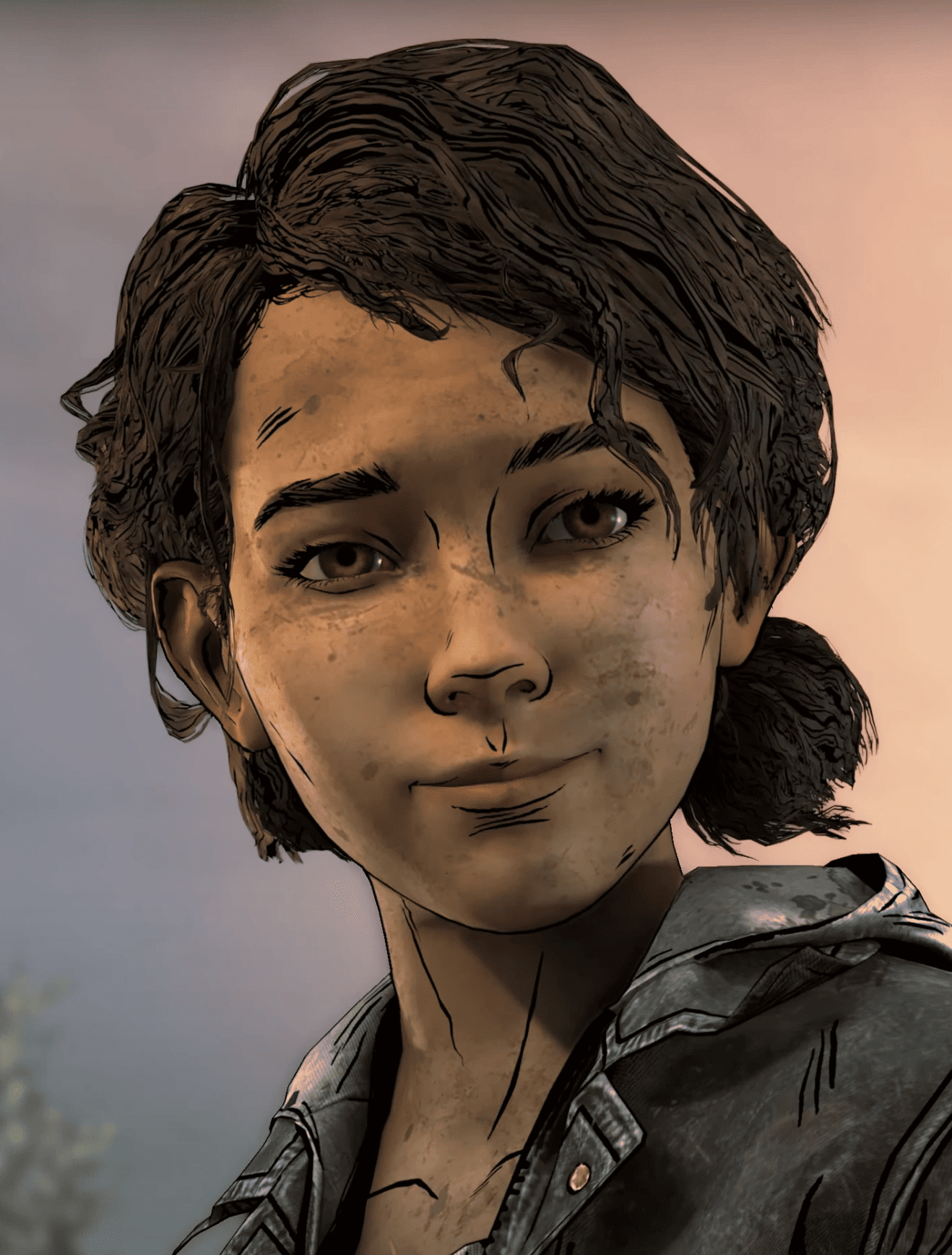
Clementine. Source
- Engages meaningfully with the world and other characters
A great game character doesn’t exist in a vacuum; they’re part of the world. They make allies, spark conflicts, react to events. Their interactions reveal their personality, allow users to step into a new world, and pull the player deeper into the narrative.
Example: Kratos from God of War (2018). His relationship with his son isn’t simply background—it’s the heart of the story. Through game dialogue, actions, and even silent moments, we see who he is. Their changing dynamic reflects Kratos’s growth.
What makes a game character great?
A great game character is a seamless fusion of story, design, and gameplay. They shouldn’t only look cool—they need to feel like they belong in the world, drive the game forward, and enhance the experience.
Example: Aloy from Horizon Zero Dawn. She has unique skills in hunting and machine hacking that directly tie into her backstory and unfold organically as the game’s narrative progresses.
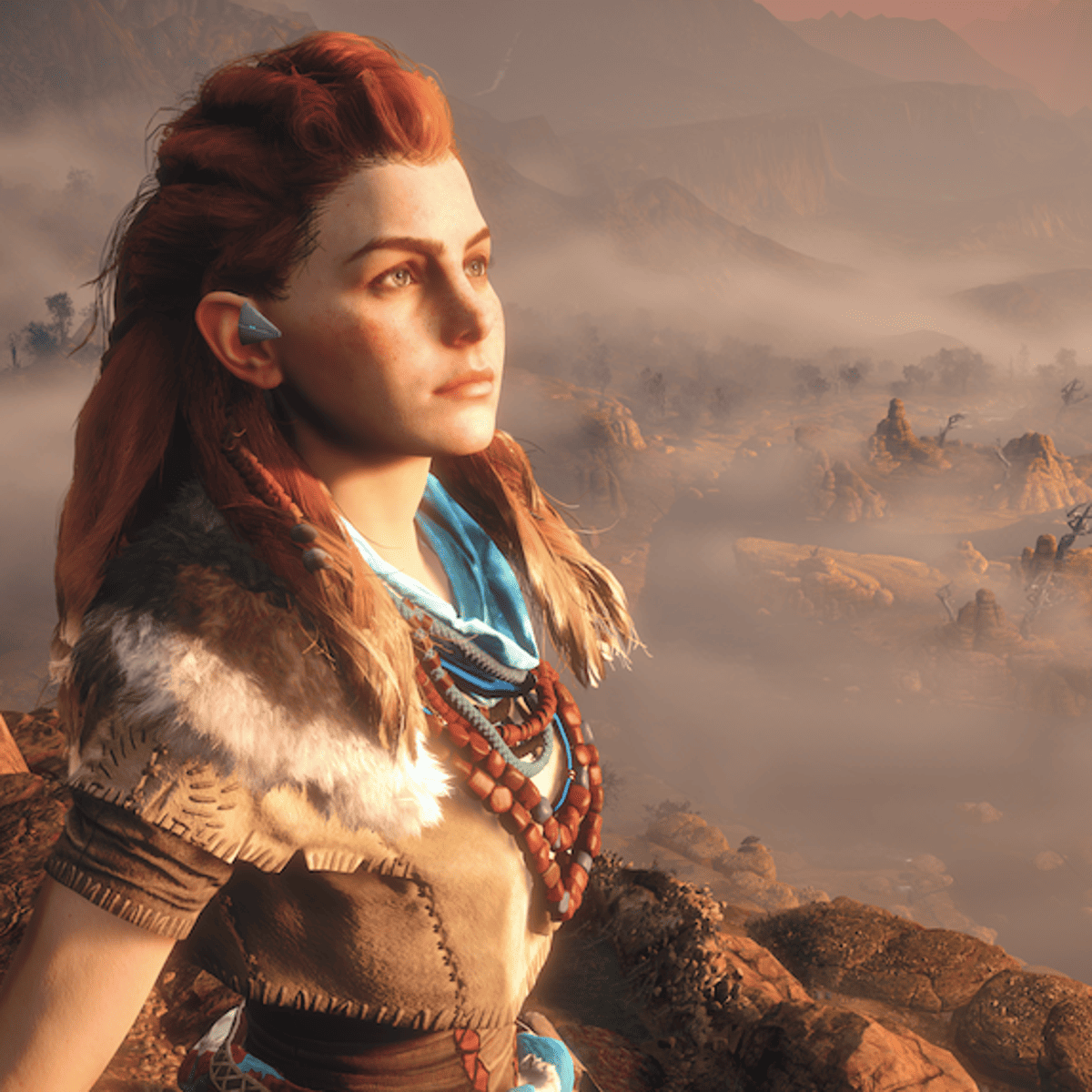
Aloy. Source
Key traits (attributes) of a great game character:
- Uniqueness (in both looks and behavior)
A memorable game character stands out not just visually, but in how they act, react, and interact with the world around them. Their uniqueness should be woven into their behavior, abilities, speech patterns, facial expressions, and how they engage with their environment.
Example: Bastion from Overwatch. His unique appearance alone, a battle-worn robot with a bird companion, grabs attention. But it’s his behavior and abilities (transforming into a turret, signature sound effects, treating the world as both dangerous and fascinating) that create a truly iconic character.
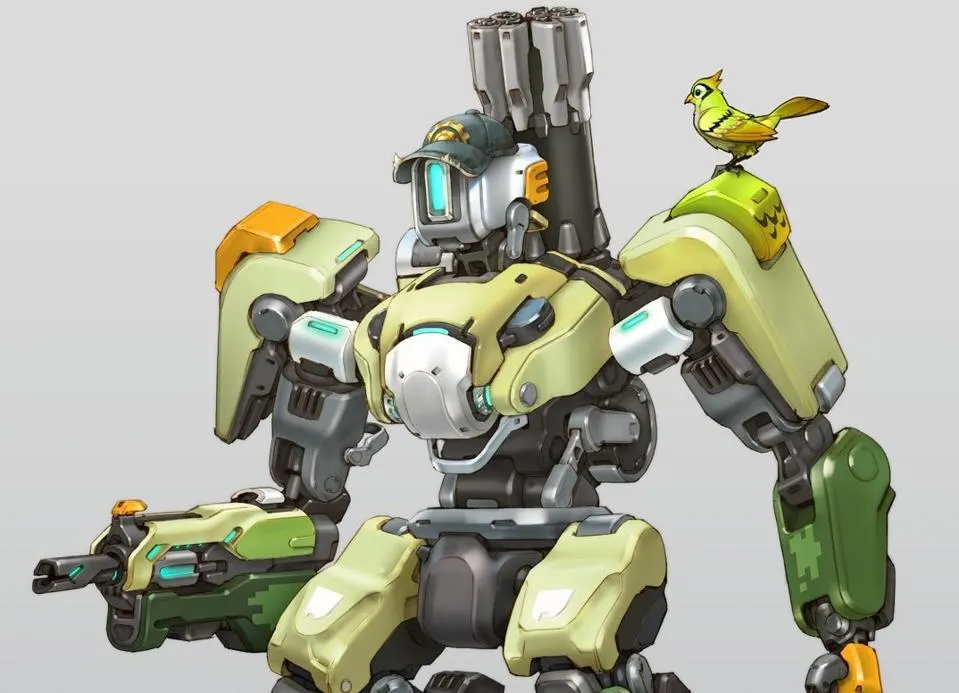
Bastion. Source
- Impact on development (gameplay)
A well-designed game character doesn’t only exist in the story; they reshape how the game is played. Their mechanics and abilities (along with features and attributes) should introduce gameplay elements that wouldn’t exist without them. This increases player immersion and reinforces a sense of agency (control).
Example: Corvo from Dishonored. How you use his abilities (stealth, teleportation, animal control, time manipulation) transforms the pace, path, and even the outcome of the game. He’s a character whose playstyle literally defines the experience.
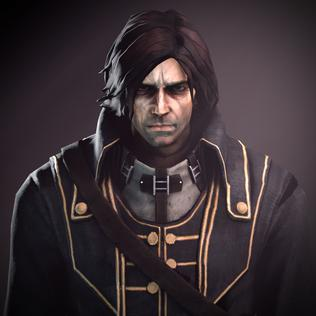
Corvo Attano. Source
- Emotional connection with the player
The best game characters make you feel. Sympathy, anger, admiration, pity—even a villain can be “great” if they stir up strong emotions. Emotions and personality are what turn a good game into an unforgettable one.
Example: Max from Life Is Strange. Through her struggles, self-doubt, deep friendship with Chloe, and the weight of moral choices, players become emotionally invested. Max is a character you genuinely care about—even after the credits roll.
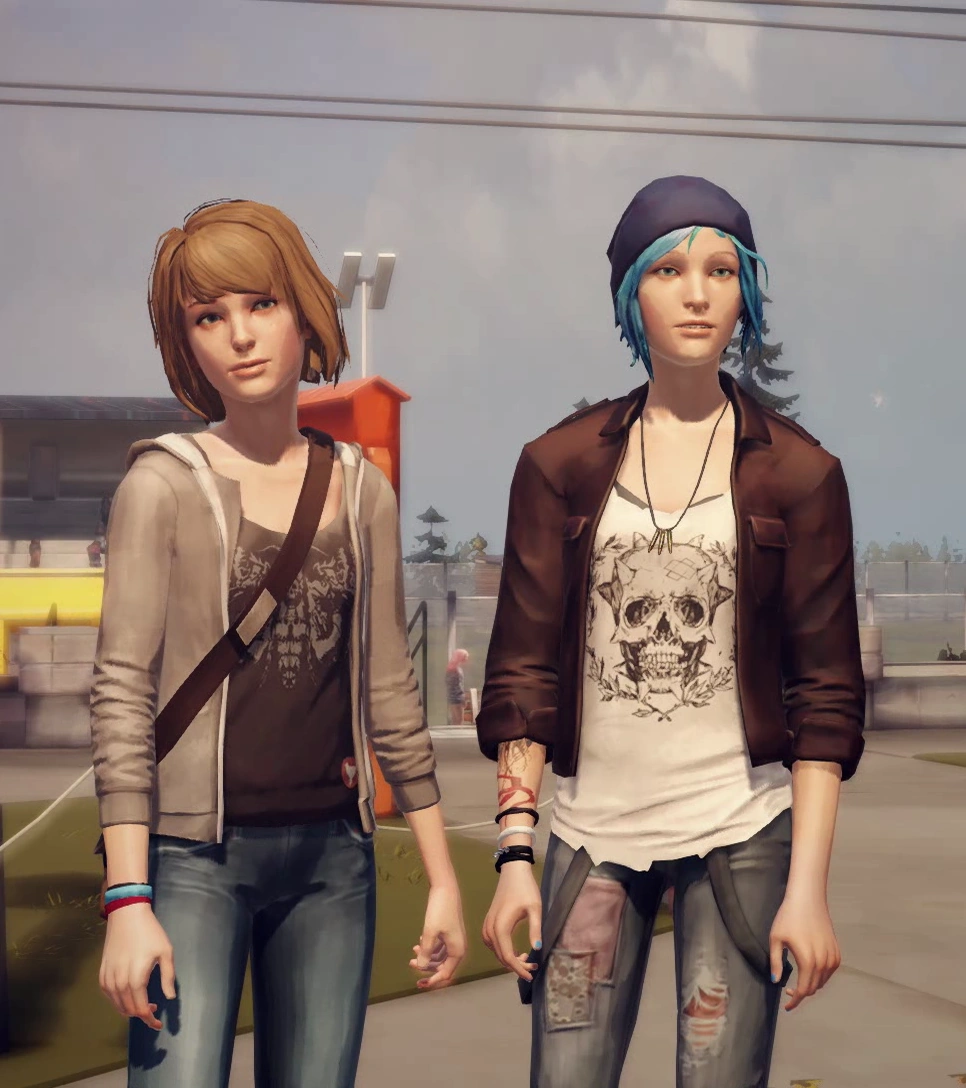
Max and Chloe. Source
- Room to grow and resolve conflict
Great characters evolve. This growth can be internal (a shift in beliefs or personality) or external (new skills, relationships, or goals). Conflict, dilemmas, and development are not only for films and literature—they’re essential to powerful game storytelling.
Example: Joel from The Last of Us. He starts as a closed-off, hardened survivor. But through his bond with Ellie, he transforms. The game’s climax is a culmination of emotional conflict, making him one of the most complex and compelling characters in gaming.
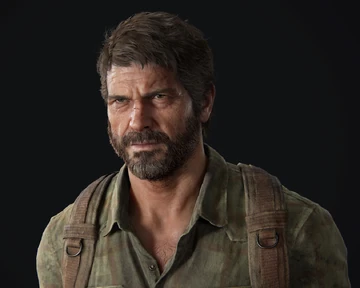
Joel Miller. Source
Designing a game character in 6 simple steps
1. Start with the archetype
Archetypes are your foundation. The Hero, the Sage, the Rebel, the Jester—these timeless roles set the direction for your character’s development. Consider Kratos: a classic warrior with the depth of a tragic hero. Pinpoint the archetype your character fits best and let it shape how they behave, grow, and interact in the game world.
| Archetype | Key traits (attributes) | Game examples |
| Hero | Brave, justice-driven, a savior figure who overcomes trials | Lara Croft (Tomb Raider), Aloy (Horizon Zero Dawn), Link (Zelda) |
| Sage | Wise, prudent, knowledge-seeking, often a mentor | Atreus (God of War), Ghost (Ghost of Tsushima), Ciri (The Witcher 3) |
| Rebel/Outlaw | Breaks the rules, seeks freedom, challenges the system | V (Cyberpunk 2077), Marcus (Watch Dogs 2), John Marston (Red Dead Redemption) |
| Jester | Witty, playful, masks seriousness with humor, sometimes hides pain | Joker (Persona 5), Claptrap (Borderlands), Dandy (Transistor) |
| Orphan | Seeks belonging, marked by loneliness, evokes empathy | Max (Life is Strange), Clementine (The Walking Dead) |
| Ruler | Commands order, organizes, leads with authority | Commander Shepard (Mass Effect), Lady Dimitrescu (Resident Evil Village) |
| Explorer | Curious, driven by discovery, thrives on the unknown | Nathan Drake (Uncharted), Sam (Death Stranding), Sora (Kingdom Hearts) |
| Creator | Builds, inspires, brings art or order into the world | V (Cyberpunk 2077, roleplay version), Mario Maker (Super Mario Maker) |
| Lover | Emotion-driven, focused on relationships, heart over logic | Geralt (The Witcher 3, romance arcs), Ezio (Assassin’s Creed) |
| Martyr/Caregiver | Self-sacrificing, protects others, fueled by compassion | Joel (The Last of Us), V’s altruistic path (Cyberpunk 2077) |
2. Craft a compelling backstory
Where did your character come from? What shaped them? What are their fears, dreams, and driving forces? A strong backstory adds emotional depth and makes character motivations feel real. Even a mobile character like Byron from Brawl Stars has a mini-legend of his own—short, but impactful.
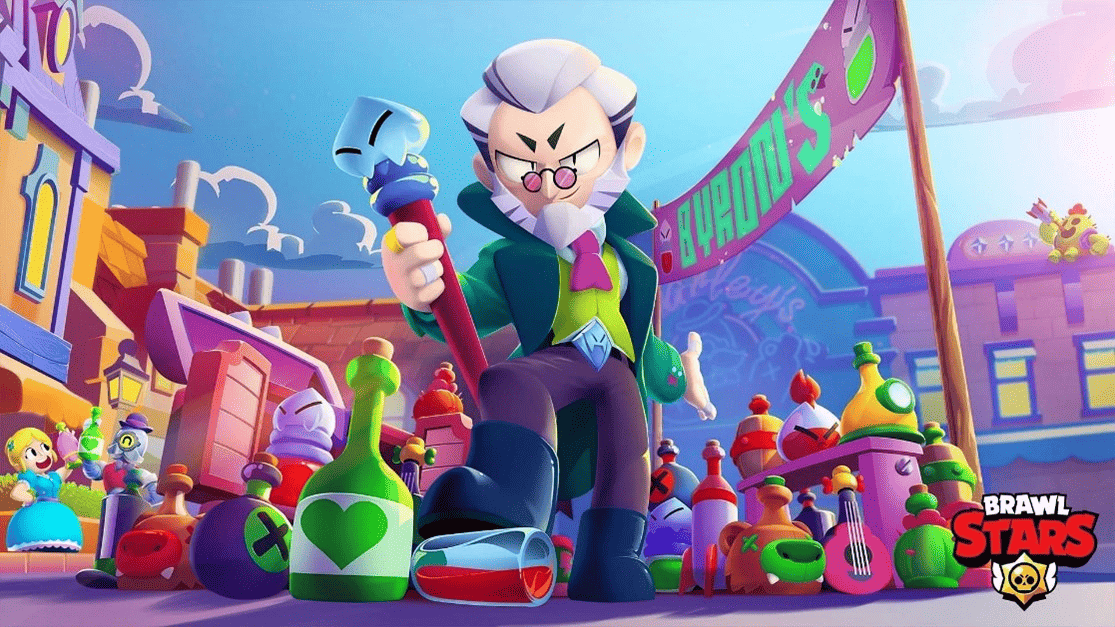
Byron from Brawl Stars. Source
3. Give them unique traits (attributes)
Abilities, flaws, habits—all of these add dimension. A character’s uniqueness should shine through in both combat and personality. Take Overwatch, for instance: it’s not just the weapons that set characters apart—each one has a distinct voice, animation style, and even movement.
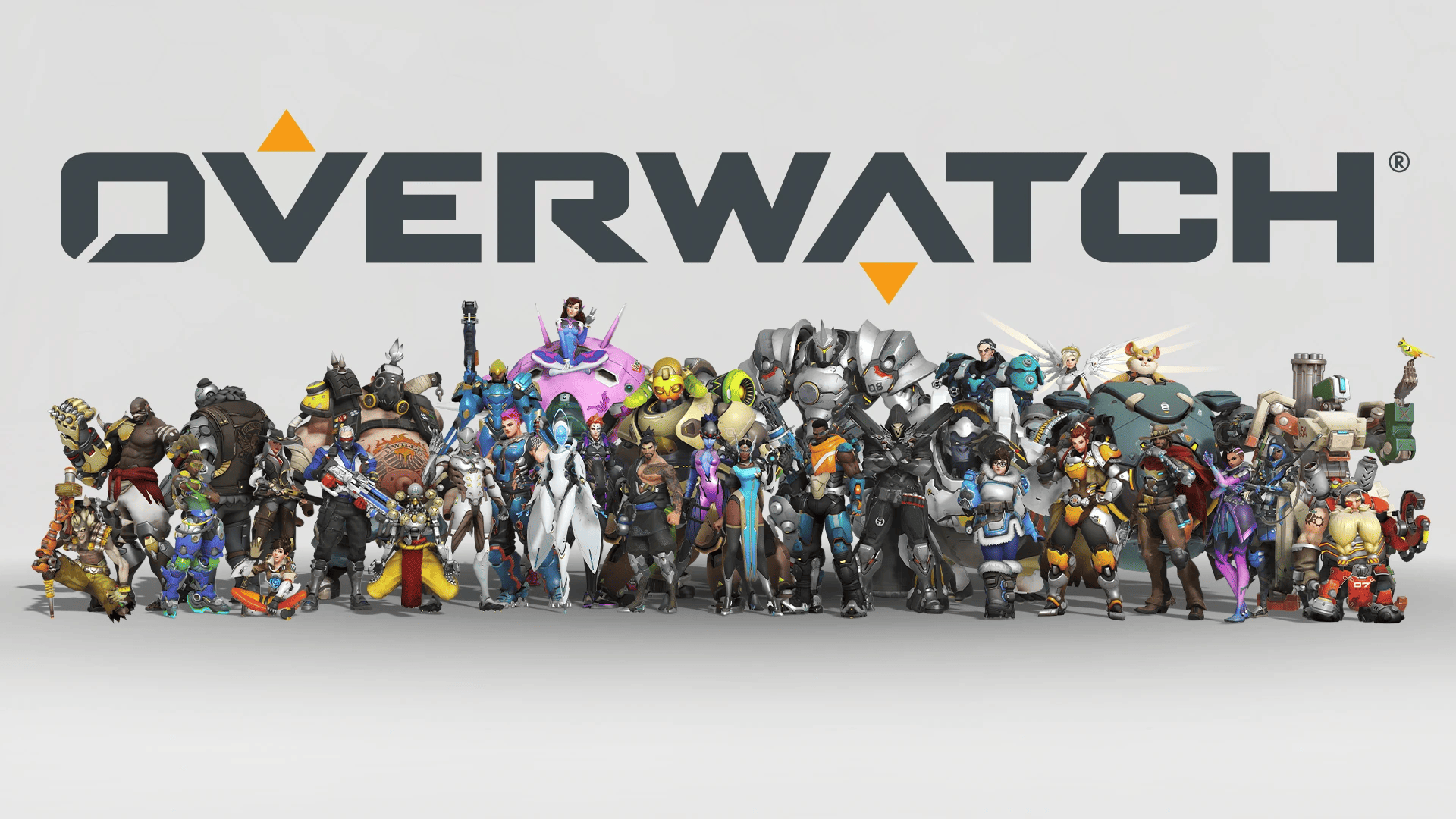
Overwatch’s heroes. Source
4. Visualize the character
Design matters. It should instantly convey who the character is. Use color, silhouette, accessories, and recognizable visual cues. Pixel from Crossy Road, for example, has a minimalist yet instantly identifiable style. Keep it clean, especially in mobile games, cluttered visuals can be a turn-off.
5. Define their gameplay
A good character isn’t just a skin; they shape how the game is played. They can shift the game’s pace, introduce new strategies, or change the dynamics entirely. Consider how characters’ abilities impact gameplay and interact with other characters.
6. Bring them to life through movement
Animation and physics are key to personality. Even a walk cycle can speak volumes. Consider how differently characters move in GTA V or The Last of Us. These subtle details breathe life into characters and make them feel real.
What else makes characters captivating?
Sound and voice matter
The right voice can amplify a character’s personality. Chester, the bouncy storage chest from Don’t Starve, doesn’t even speak, yet his quirky sounds have become iconic. Sound effects tied to actions (like abilities) boost emotional engagement and character memorability.
Let them evolve
Great characters grow. Whether it’s a unique narrative arc (emotional change) or gameplay evolution (new powers), progression keeps players hooked. Joel from The Last of Us is a prime example of powerful character development that enhances immersion.
Integrate with others
Character interaction adds drama and depth, whether it’s friendship, rivalry, or romance. In Mass Effect, relationships between characters directly impact the story’s direction and how players perceive events.
How are mobile game characters different from desktop ones?
Mobile characters are often more streamlined, with minimalist designs, quick onboarding, and snappy animations. But simplified doesn’t mean shallow. Clash Royale nails it: each unit has a vivid design, distinctive behavior, and meaningful role in a tightly woven game loop.
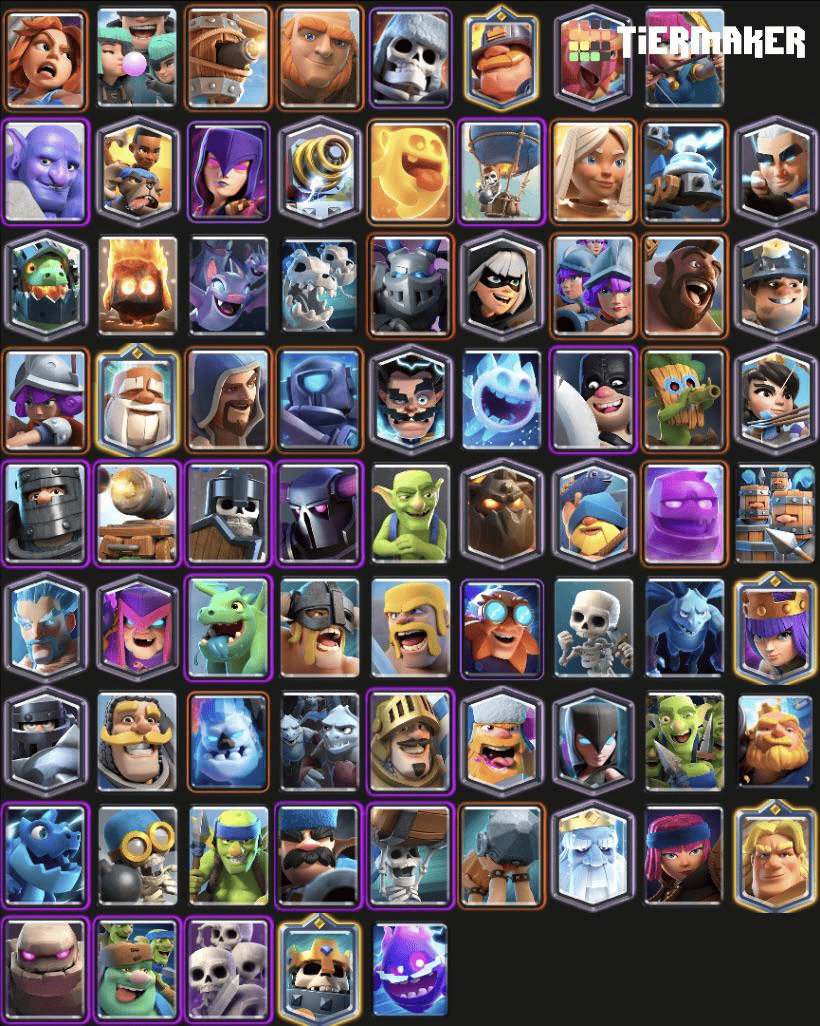
Units in Clash Royale. Source
Key features (attributes) of mobile game characters:
- Instant visual clarity (especially on small screens)
Mobile gaming means limited screen real estate, distractions all around, and players often on the move. That’s why a character’s visual design needs to be instantly recognizable at a glance.
- Use of simplified silhouettes, bold colors, iconic shapes.
- Facial expressions, emotions, and body language are amplified to make them readable even when tiny.
Example: Brawl Stars by Supercell. Every character is bright, with oversized heads and minimalist bodies. Even on a 5-inch screen, you instantly know who’s who and what they’re doing.
- Fast visual readability
The player should immediately understand: Who is this character? What can they do? Are they a threat or an ally? Every design element, whether it be weapons, animations, effects, or color schemes, needs to communicate that clearly and quickly.
- Healing? Think green. Attacking? Red. Defense? A shield.
- Simple, yet powerful animations—a throw, a strike, a burst of speed—convey action with clarity and flair.
Example: Clash Royale. One quick glance, and it’s clear: this character charges straight in, that one flies, another one heals. You process it all in a fraction of a second, which is crucial for fast-paced, real-time battles.
- Instant gameplay engagement
Mobile players want to dive right in. A character must grab attention without lengthy exposition. Their essence, mood, and purpose should be communicated instantly; sometimes in a single pose, line of dialogue, or a snappy intro animation.
- Use of bold, familiar archetypes that click instantly.
- Minimal intro, maximum impact. Skip the backstory; sometimes all you need is a flashy entrance or a funny moment.
Example: Subway Surfers. Jake is your classic skater punk character: vibrant, energetic, and immediately relatable. His goal (outrun the guard) is obvious. No explanations needed—you’re in the game from second one.
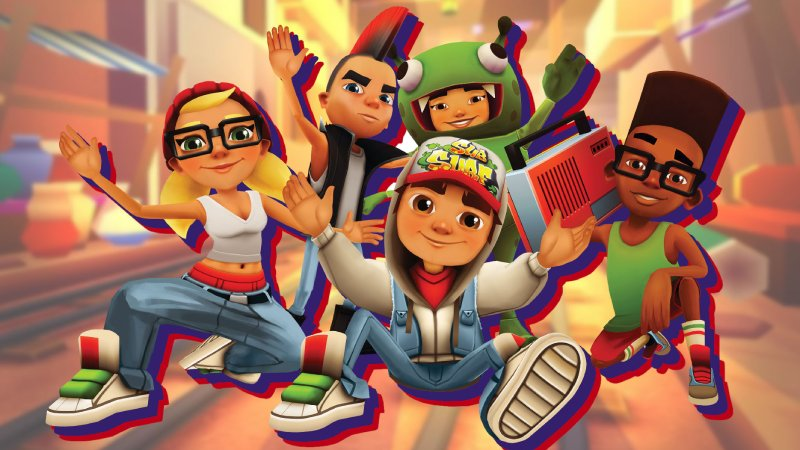
Jake (center) and the rest of the Subway Surfers crew. Source
- Designed for quick play sessions
Mobile games are often played on the go in quick bursts of 3 to 10 minutes. Characters in these games need to be instantly recognizable and easy on the senses, both visually and mechanically. The goal? Hook the player fast, entertain them, let them go, and give them a reason to come back.
- Character evolution is fast and visually striking. Whether it’s a new skin, a power-up, or a glowing aura—players should see the change immediately.
- Progress feels like power, not drama. Growth isn’t about deep emotional arcs—it’s about unlocking exciting new features: skins, upgrades, animations.
Example: Archero. The character might barely have a face, but you feel their evolution through gameplay. They get faster, stronger, visually more impressive, and it all happens rapidly, sometimes within a single session.
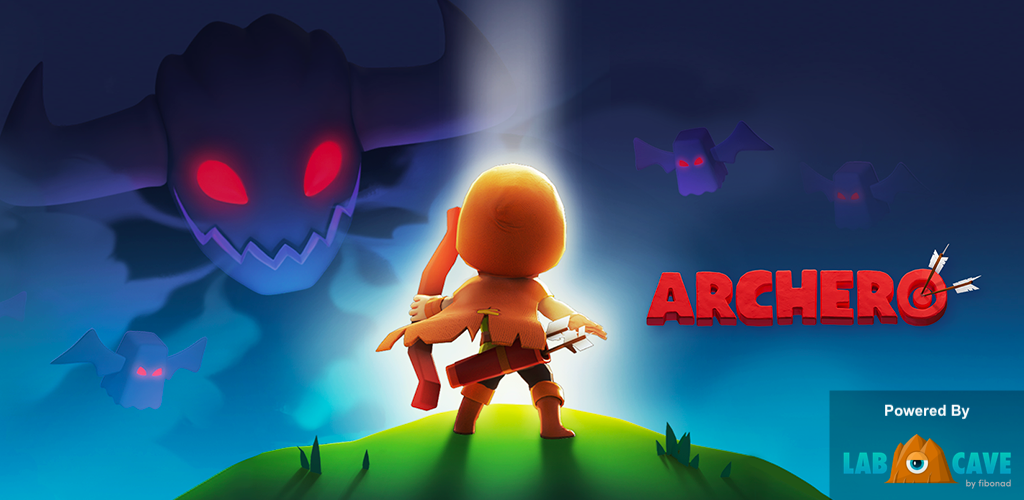
Archero. Source
Some tips for mobile game character design
A great mobile game character isn’t simply a simplified version of a desktop one—it’s a hero specifically designed for mobile: bold, instantly recognizable, emotionally engaging, and perfectly tuned for fast, high-intensity gameplay.
- Use a strong silhouette: players should recognize your character at a glance.
- Cut the visual clutter: especially crucial in casual games.
- Make emotions pop: facial expressions and poses must read clearly, even at low resolutions.
- Highlight unique abilities visually: effects should be striking and instantly understandable.
- Playtest with different player types: to ensure your character is clear, captivating, and memorable.
Want your characters to spark fan art, conversations, and player love—like Lara Croft or Mario? At INLINGO, we don’t just draw characters—we create full-fledged personalities with backstories, depth, and uniqueness that enhance gameplay and draw players in.
Get in touch. Let’s bring your heroes to life (down to the last detail): from core archetypes to signature moves. Together, we’ll create a character players won’t be able to forget.

